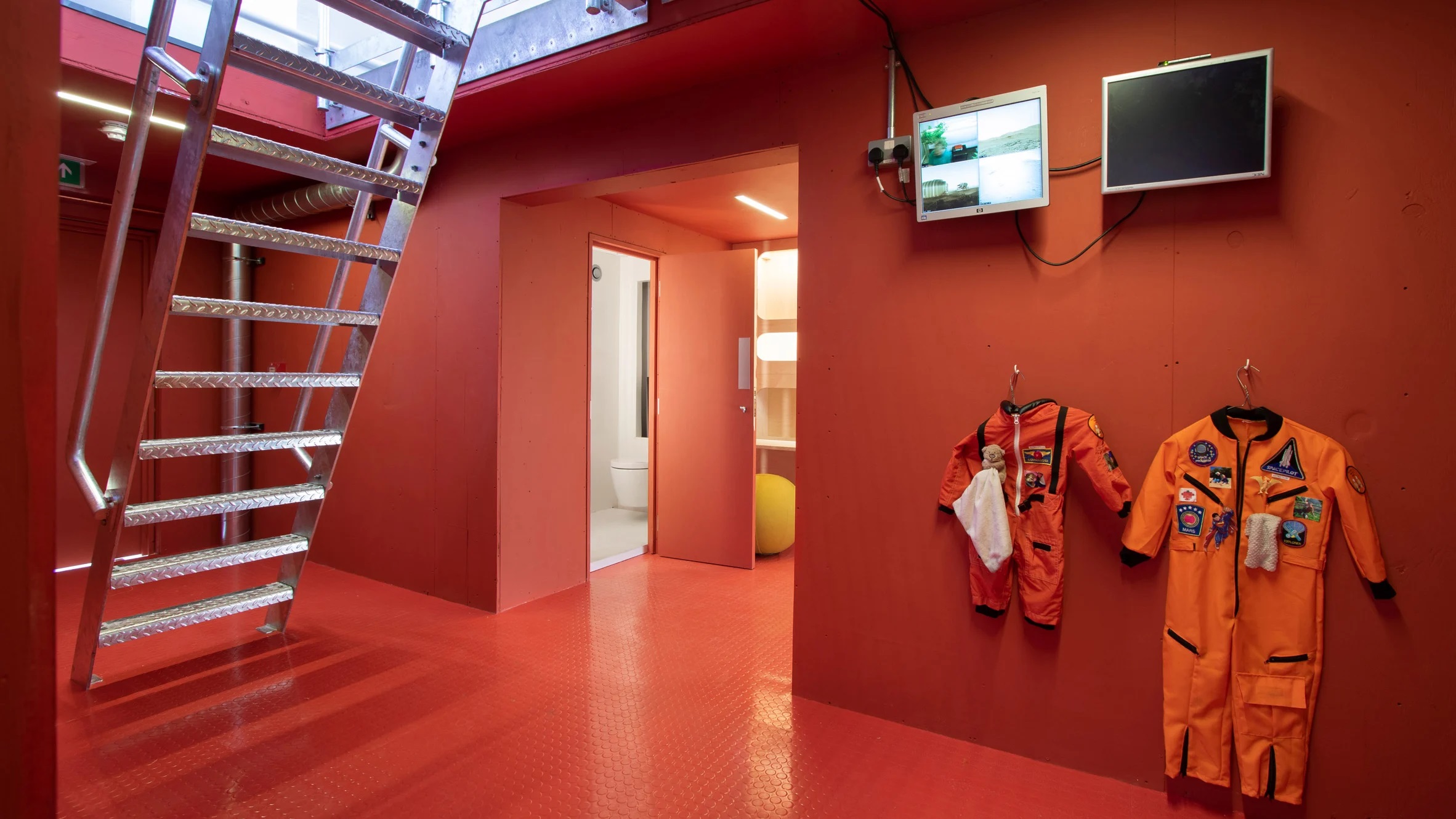The first toilet to land on Mars
Toilets are in our houses, in our cities, on public transportation, and in space. So why shouldn’t we think about a toilet for Mars? That’s what conceived Duravit, a famous bathroom company that created a toilet that could be used specifically on Mars.
As explained here, the prototype of the project called Martian House was installed alongside the M Shed museum in central Bristol (UK) and was designed by UK studios Hugh Broughton Architects and Pearce+ in collaboration with artists Ella Good and Nicki Kent to learn more about what life might be like for people on Mars. The idea is to try to create a comfortable private space for those who will have to live on Mars in the future for a long time because, as claimed by Duravit head of research and development Franziska Wülker, everyday life on the planet Mars will be challenging and arduous. The house is designed to host two astronauts and it took seven years to be realized.
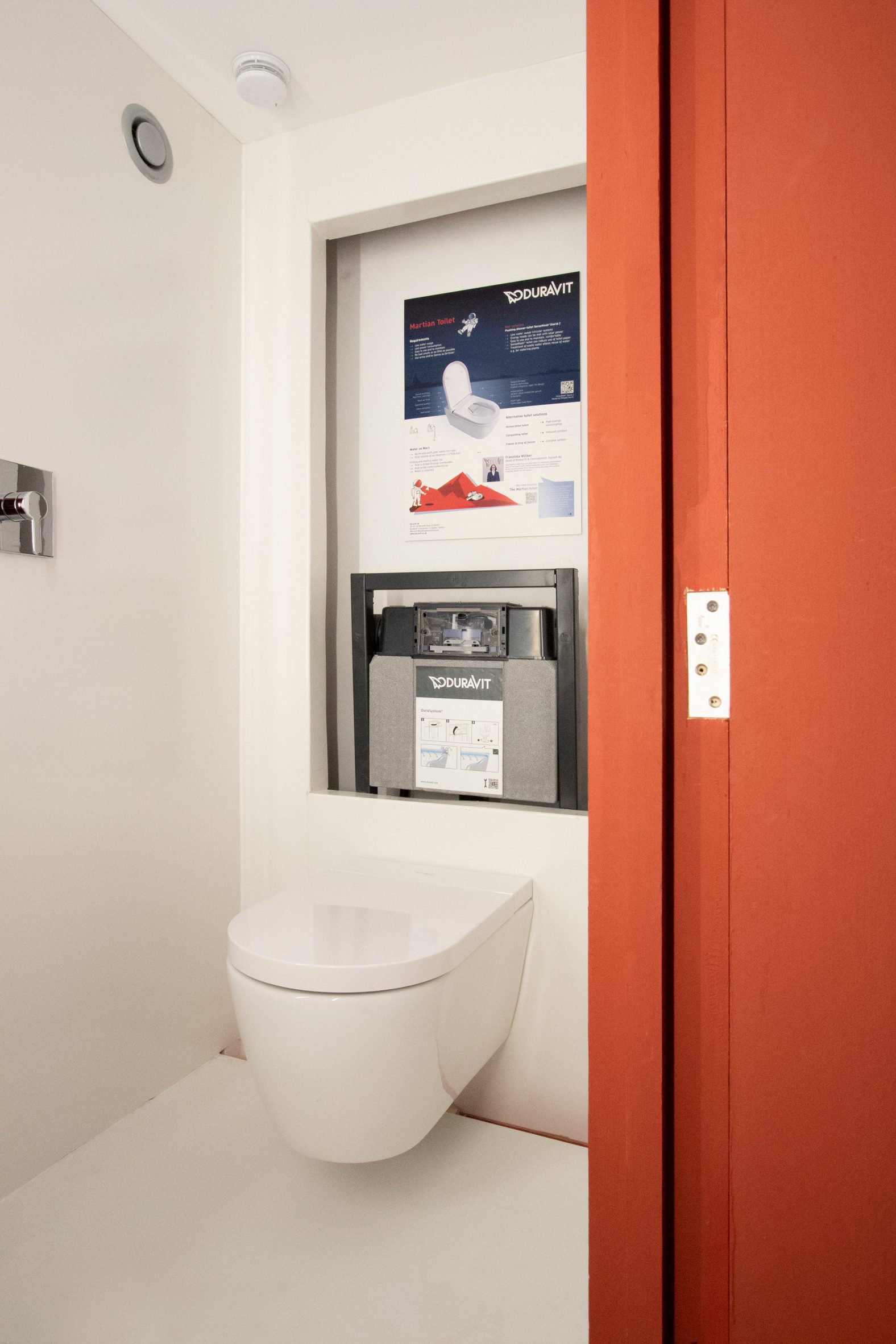
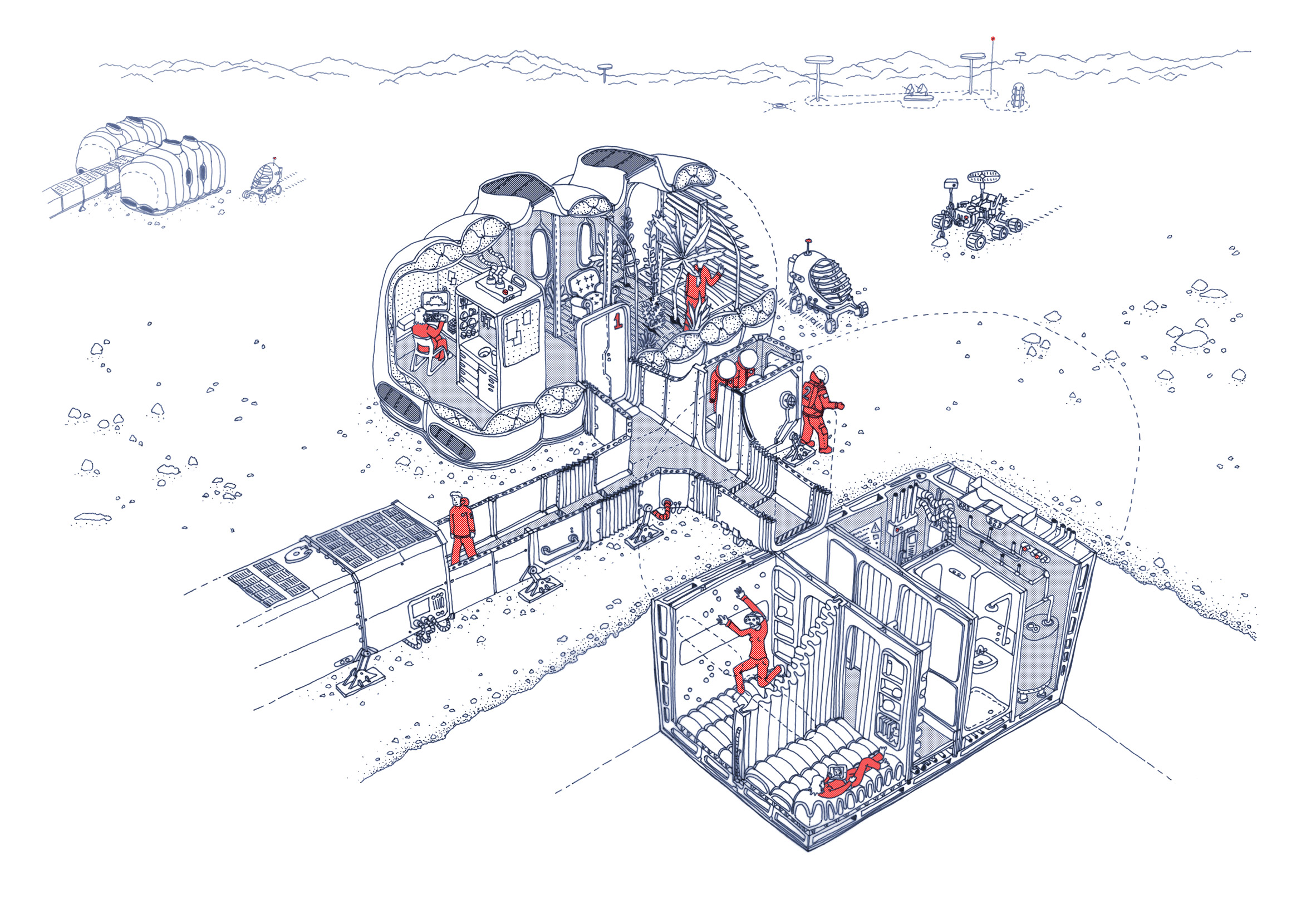
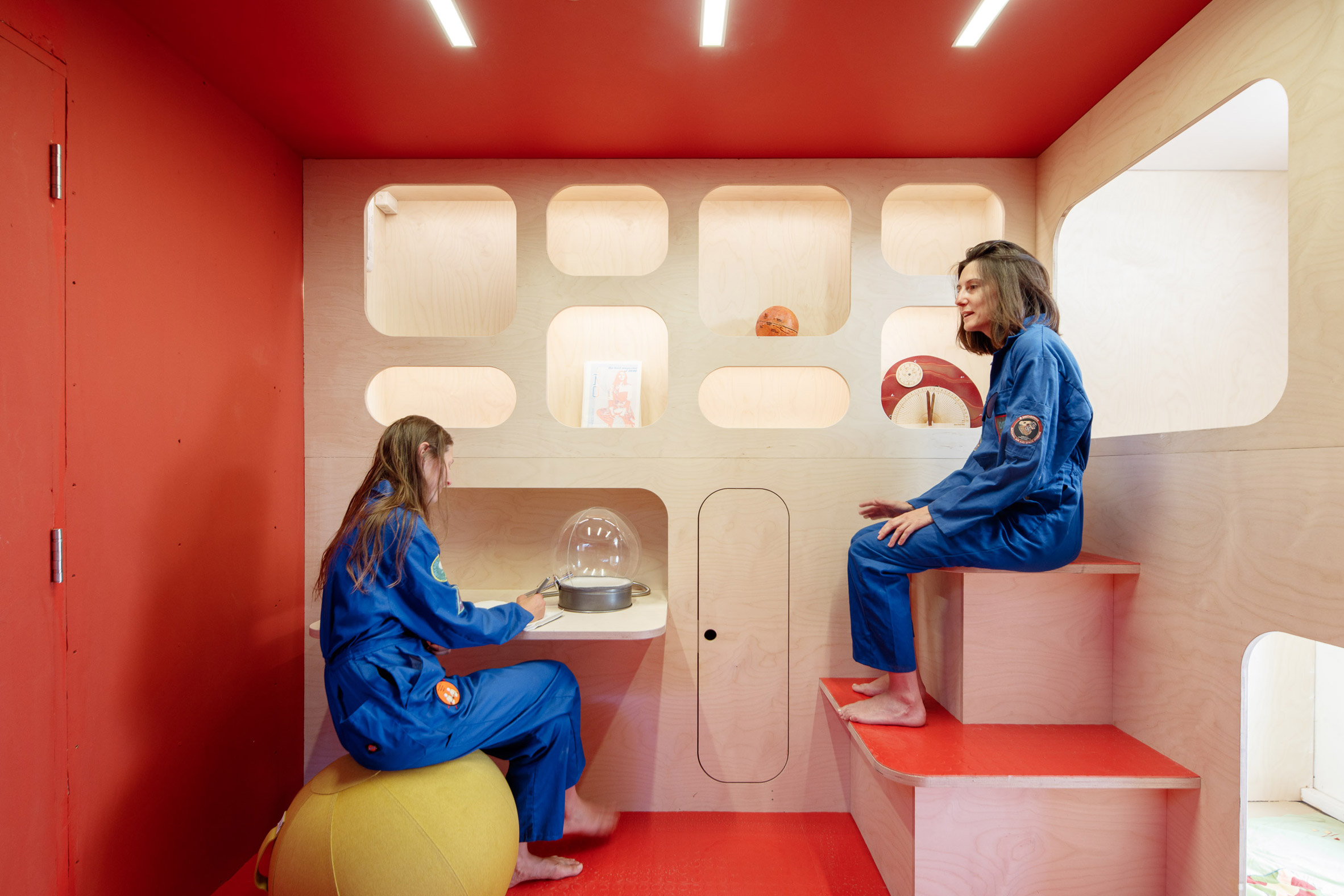
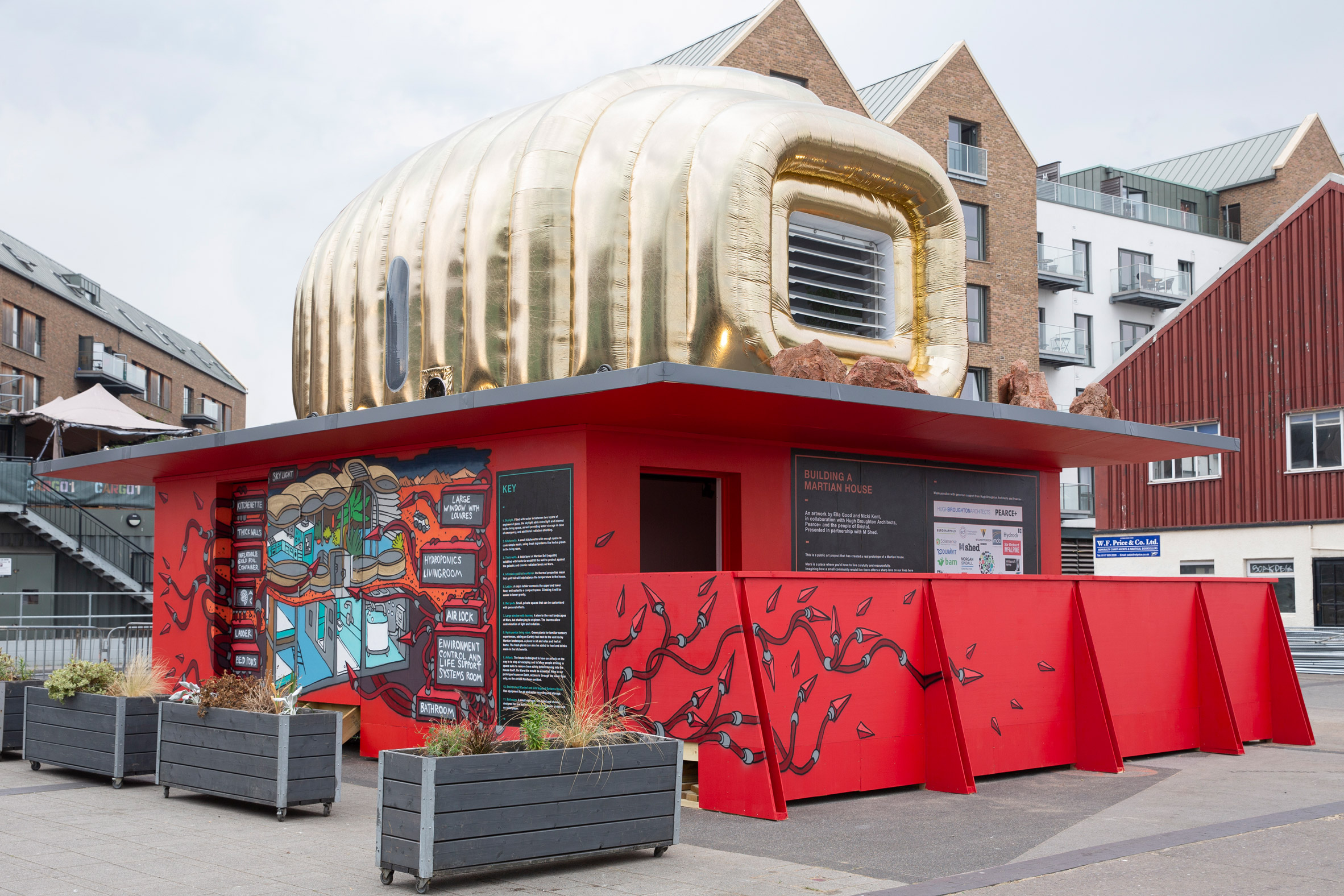
“It’s so important that everyday items in the home are designed to be as simple and comfortable as possible”, she said. “That applies especially to the things we don’t like talking about, such as using the toilet”.
The bright side of designing a toilet for a planet like Mars is that luckily there’s gravity therefore there’s no risk of poop and pee floating in the bathroom.
“It looks very much like a regular toilet because it basically is a regular toilet, at least the parts we can see”, Wülker explained. “Why did we not create a toilet that looks more fit for outer space? One reason is comfort”.
“When you have to put on a space suit to go for a walk outside we want to make the everyday life things inside the house as comfortable as possible”, she continued.
“The other reason is that a regular toilet simply is quite a good solution. Mars does have gravity so, in contrast to toilets that have to work in weightlessness, the excrements fall into the bowl by themselves, and a suction system is not required”.
Since toilet paper would need to be transported from Earth, the toilet incorporates a rear wash and woman wash shower for cleaning while water is supposed to be available on Mars using the ice found on the planet.
The toilet is similar to one on the Earth and it’s designed to work with a small amount of water and with a wastewater treatment to reuse water. Urine instead, will be employed as fertilizer.
The toilet also has an odor extractor because opening windows won’t be possible, a heated seat, a hygienic coating to stop bacteria growth, and an illuminated bowl for nighttime use.
“We can use solar power as an energy source to some extent but this is limited due to sandstorms which can last for weeks. So energy extensive toilet solutions like an incineration toilet that burns feces were not a suitable option”, added Wülker.
“We have to consider both functionalities, minimal use of resources, and design. In the end, the Martian house would not only have to function but should also be a place where you feel at home and comfortable”.
When the structure will be built on Mars, it will have a living area, a hydroponic growing space, and be filled with regolith, which is a type of Martian stone that shields occupants from radiation. The bathrooms and sleeping spaces would be positioned underground, maybe making use of already-existing lava tunnels. To create a community, each of the two-person pods would be connected to other pods.

